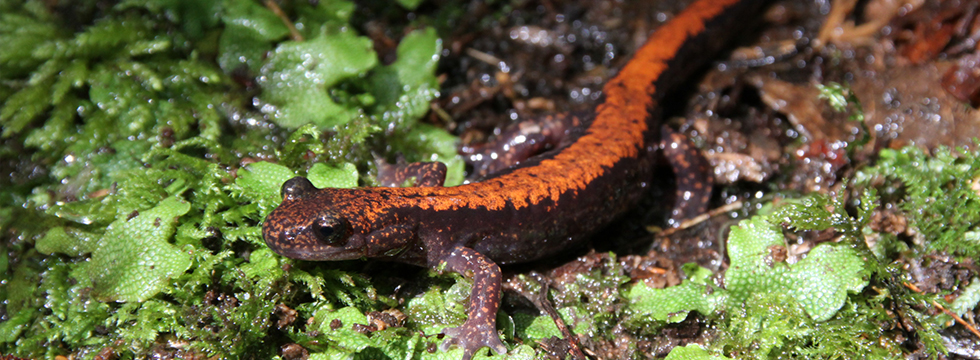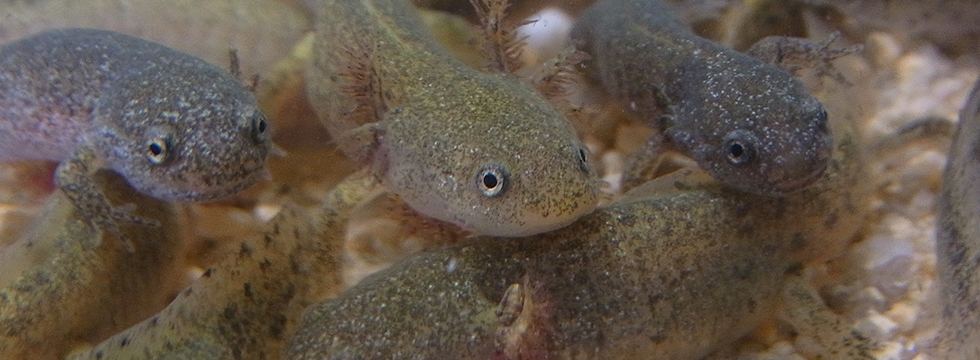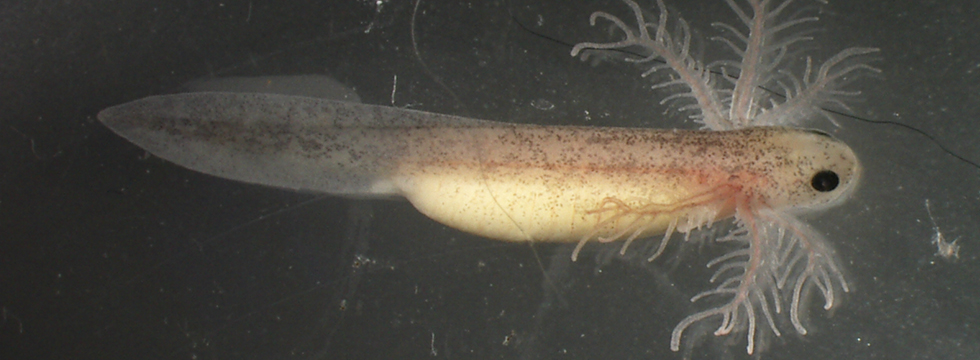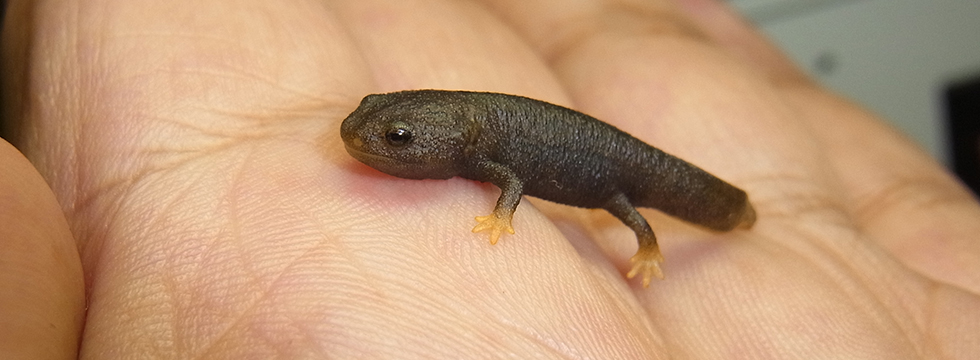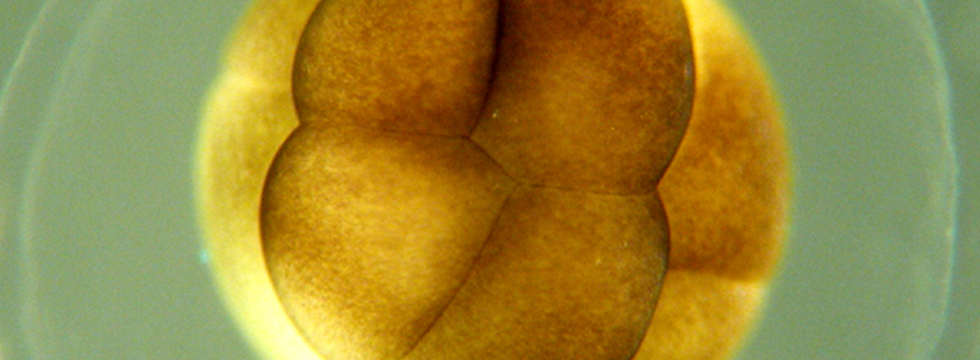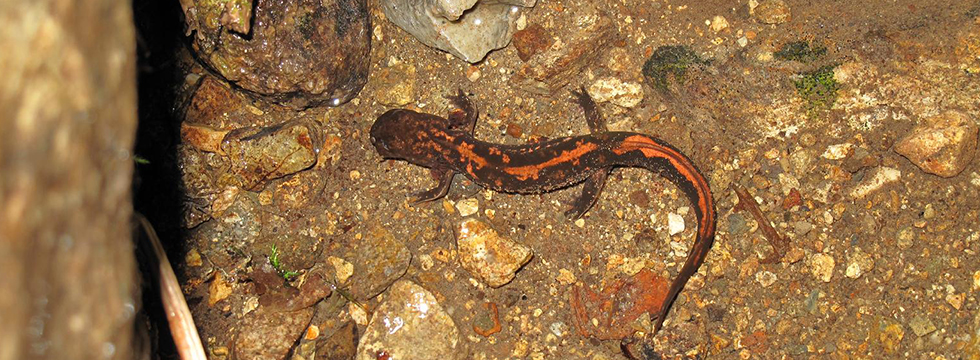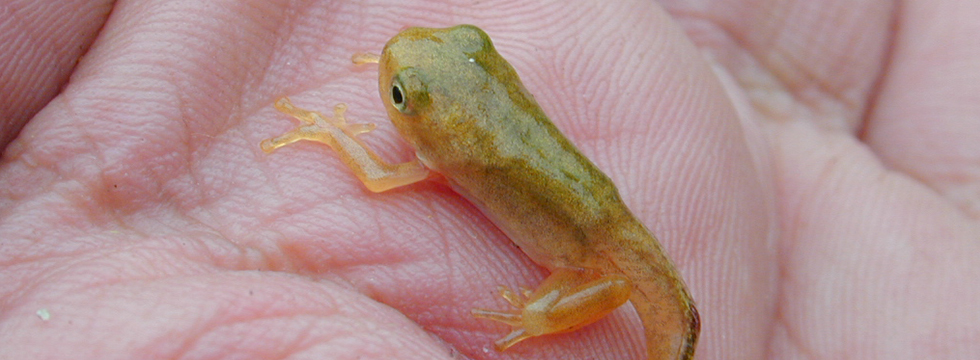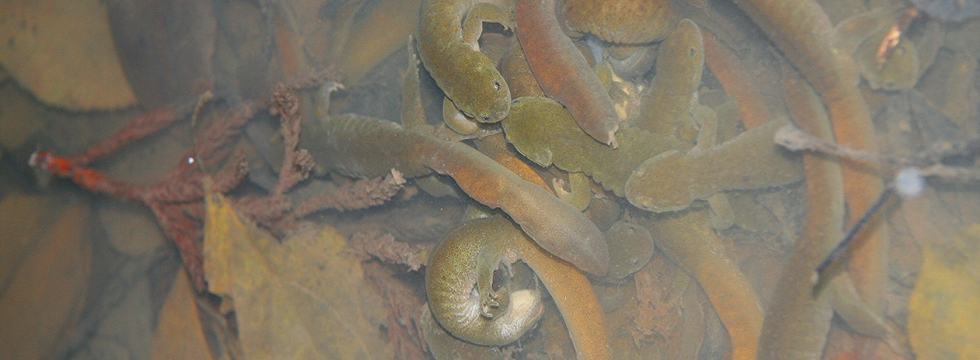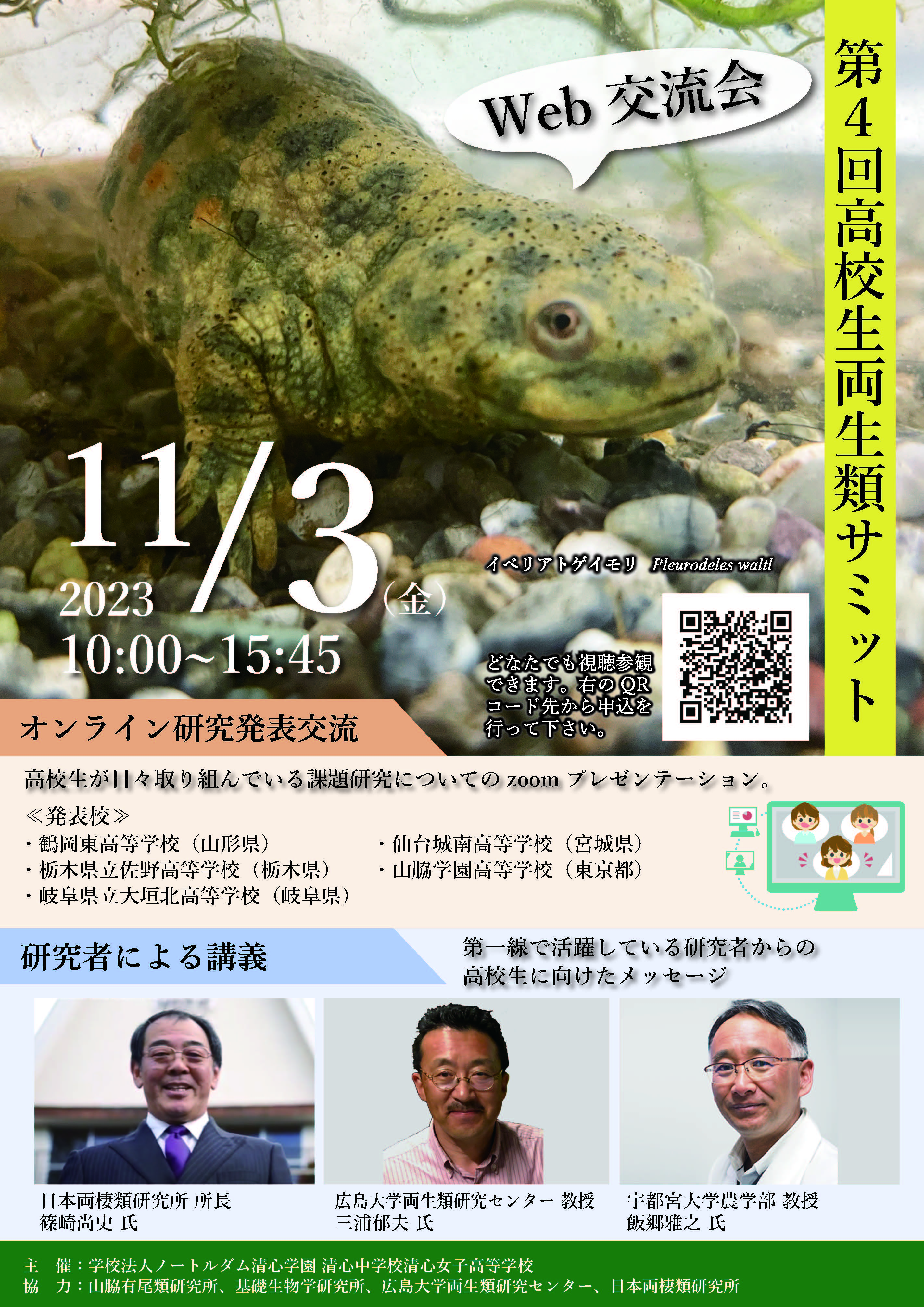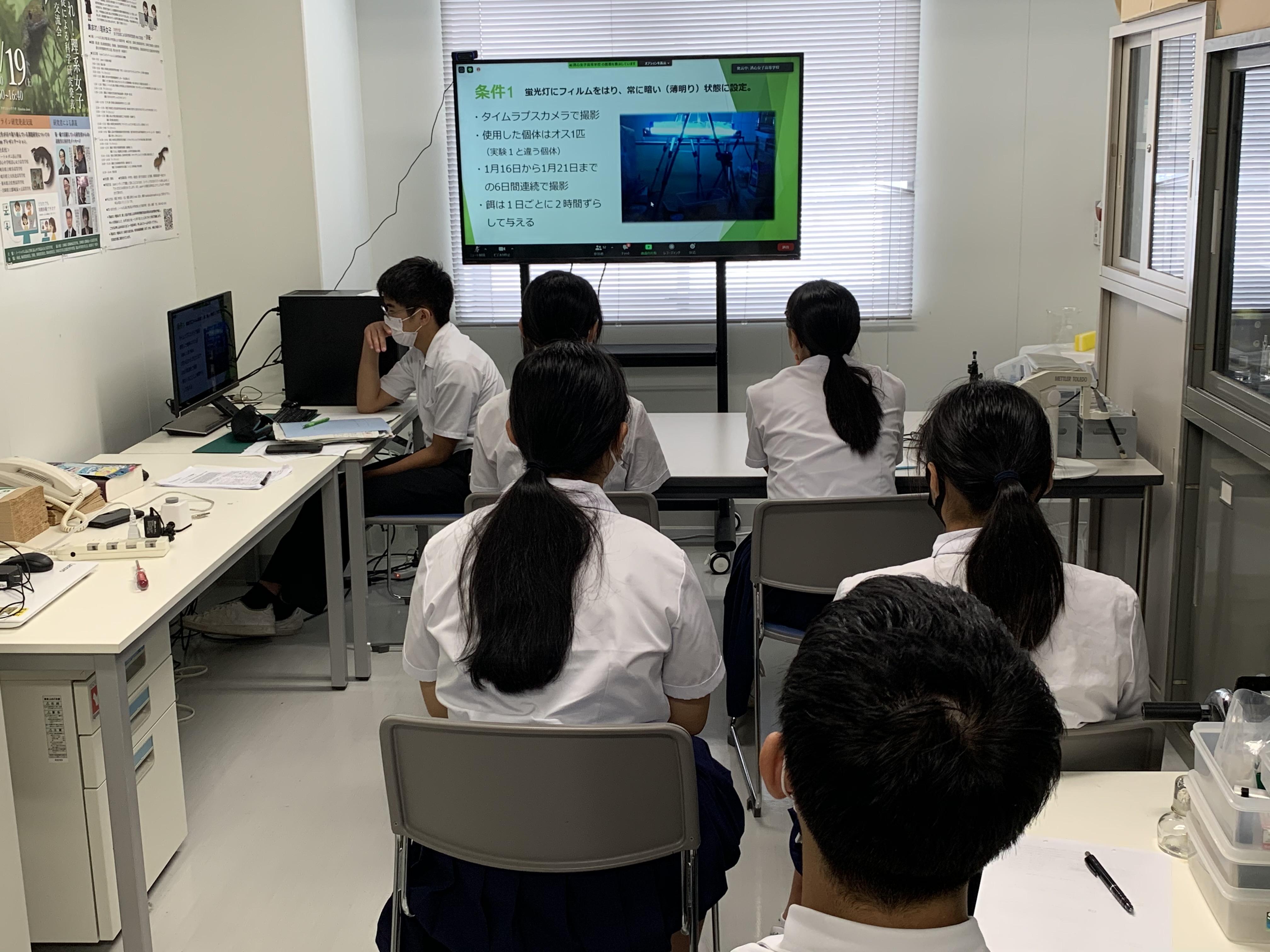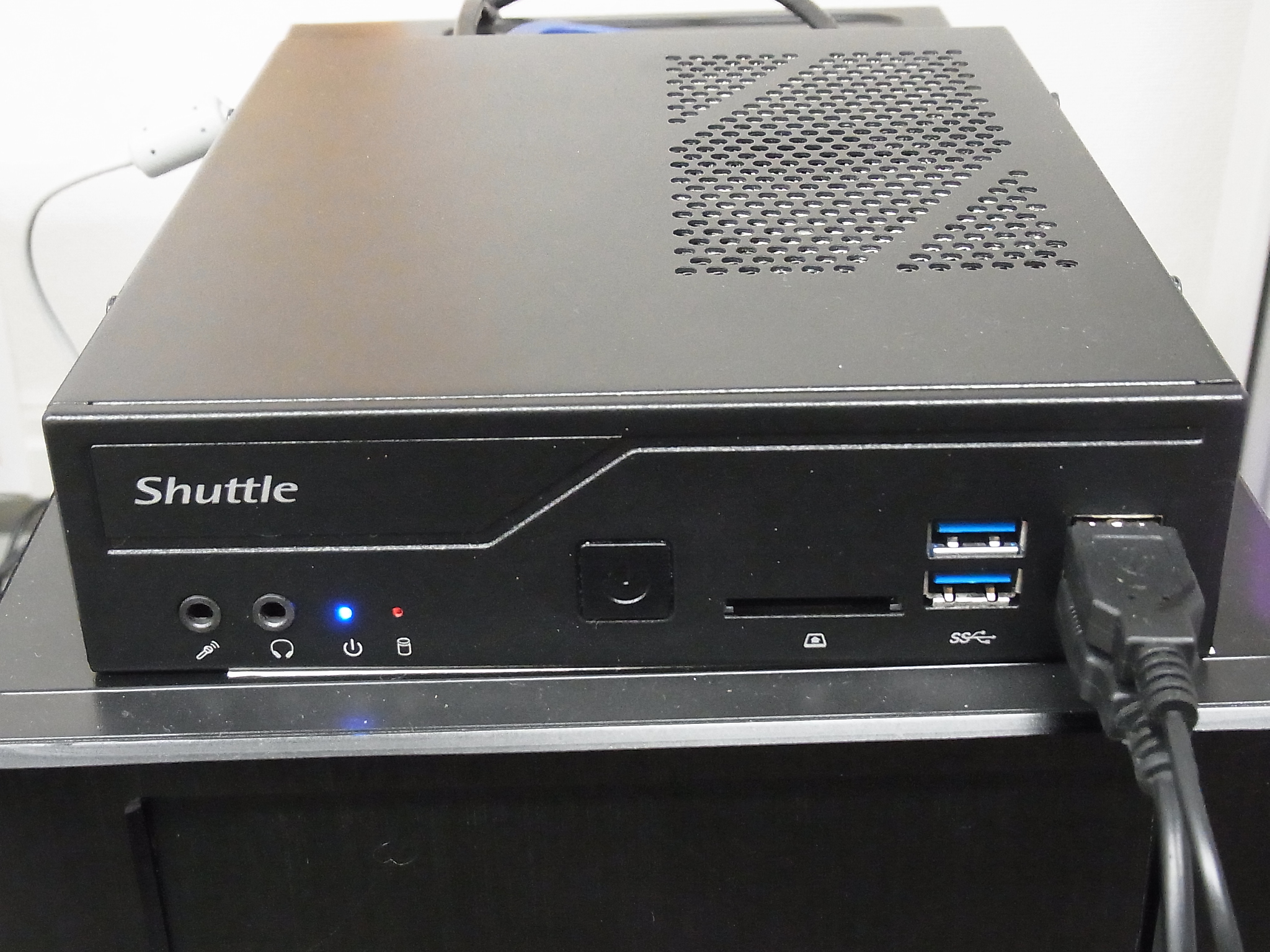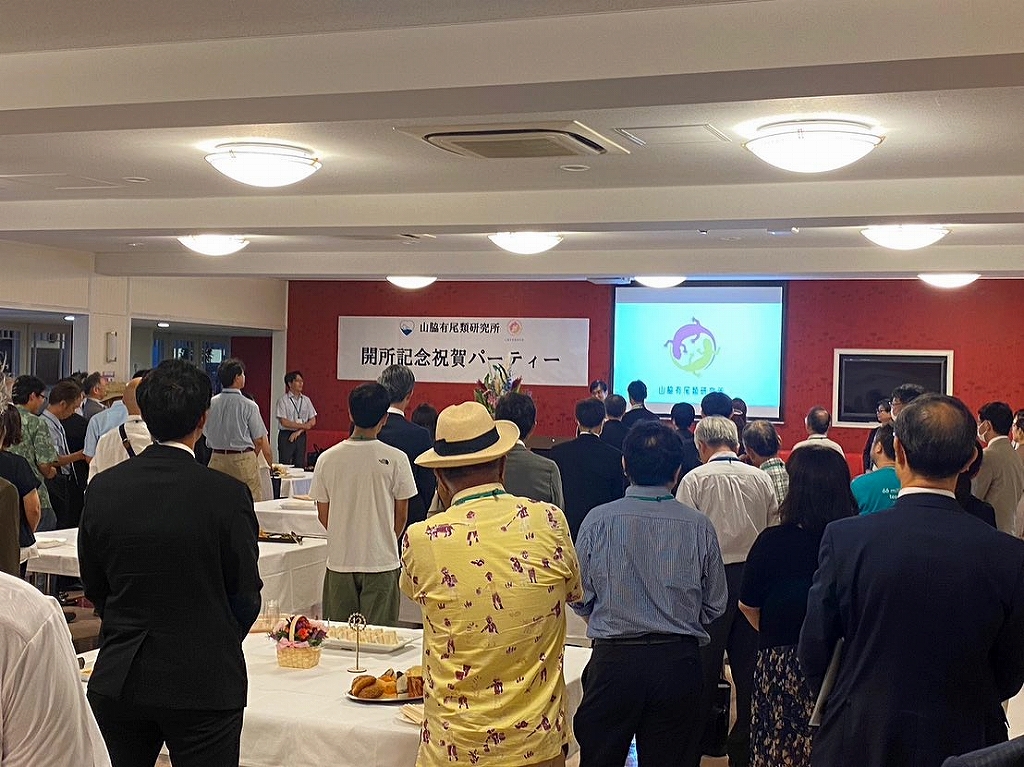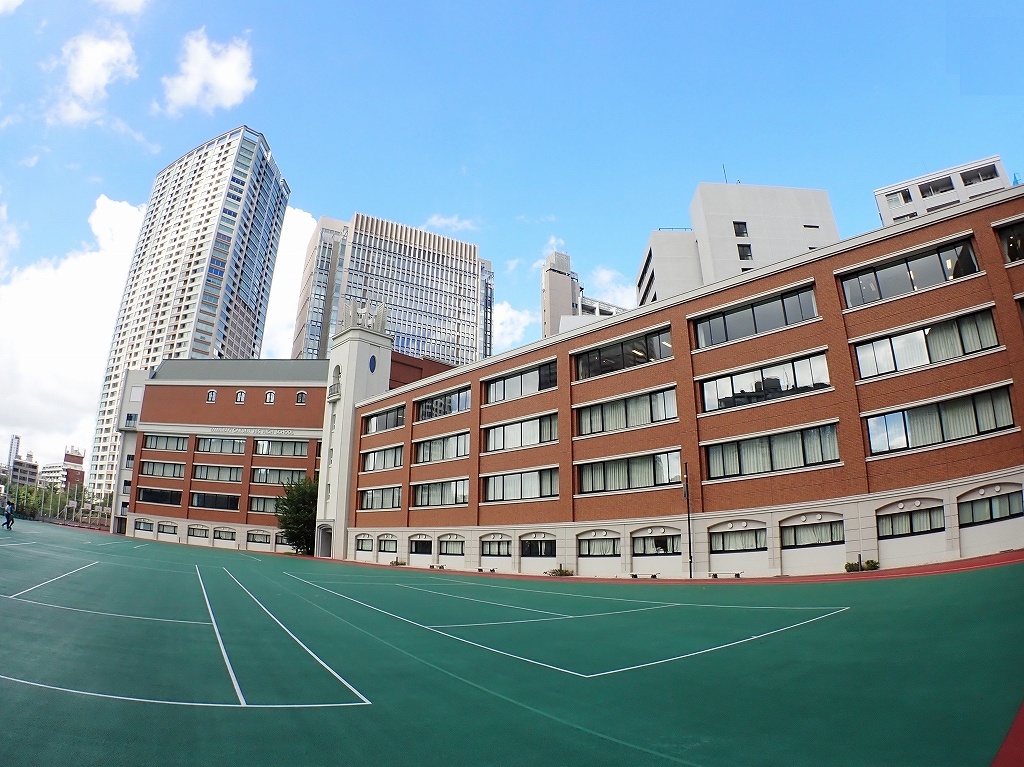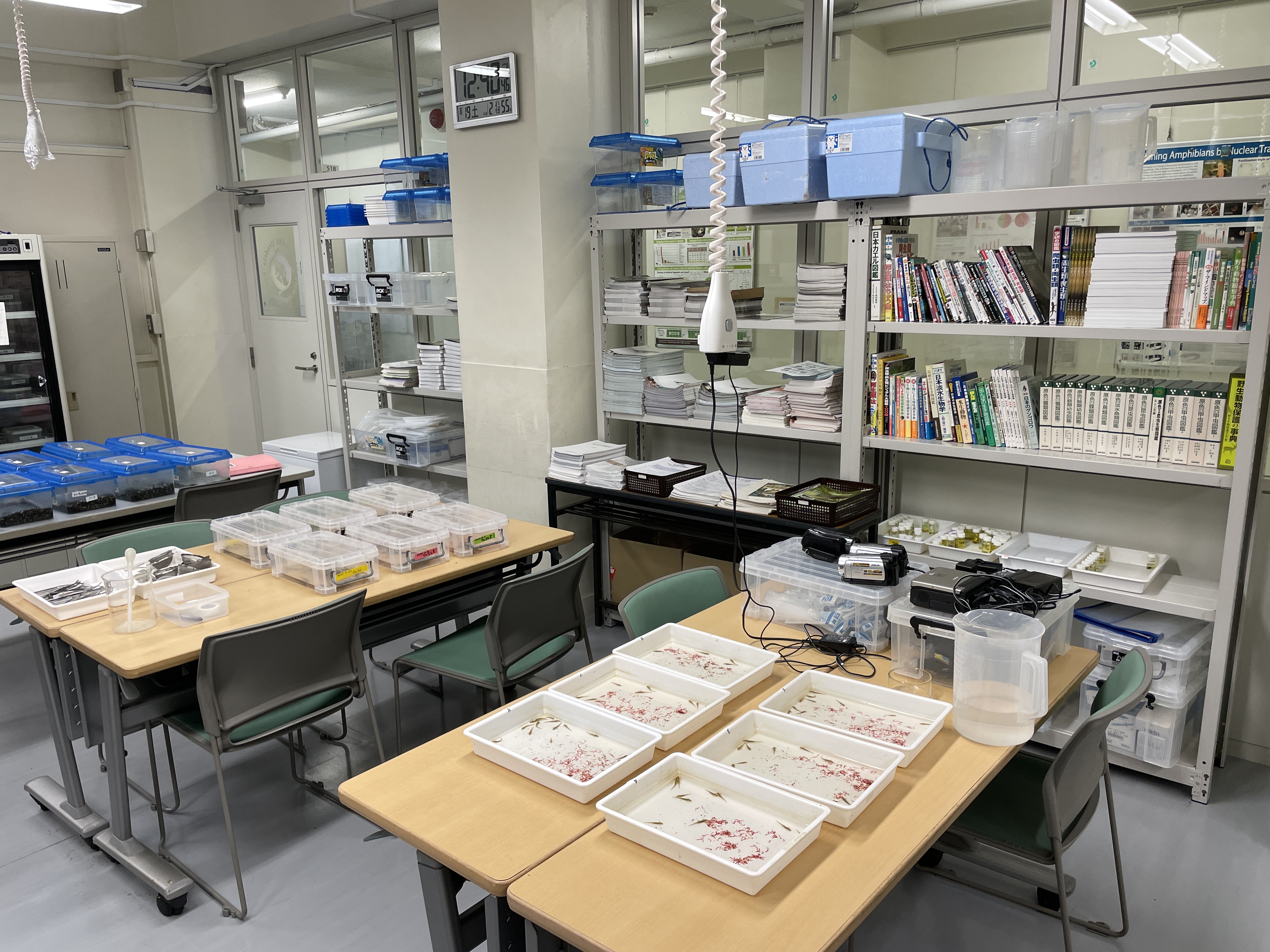The Life Science Course incorporates three core elements in order to give students hands-on experience in the natural world: ① Study Workshops which foster students interest in scientific fields; ② Experiments with university researchers; ③ Research assignments. All of these programs are being carried out with the gracious assistance of neighboring university researchers
Study Workshops
Our program provides a 5-day Field Study Workshop for first year students, and a 4-day study workshop in Okinawa for second year students. A Study Workshop in Borneo is available for students of all grades, if they wish to participate.
At the Field Study Workshop, students learn about the forests and environmental issues from university lecturers and from hands-on research training. Activities include measuring and calculating the amount of carbon dioxide absorbed by an assigned area of the forests.
At the Okinawa Study Workshop, students listen to research workers’ lectures concerning the behavior of local animals such as wildcats and bats. They also have a chance to observe the plants and animals in mangrove forests as well as sea life while snorkeling and kayaking.
At the Borneo Study Workshop, students attend Sabah University where they listen to lectures on plants and animals by resident professors. They also observe the plants and animals of Kinabalu Park(World Heritage) as well as the area along the Kinabatangan River. During this program, our students have the opportunity to interact with Malaysian high school students by giving presentations on their individual research in English.
Experiments at neighboring universities
In addition to ordinary classes, we visit our neighboring universities which allows our students to gain experience doing experiments with professional researchers. In the classes called “Life Science PracticeⅠ”and “Life Science PracticeⅡ”, our students learn applied life science at a level far beyond the that of high school science textbooks.
For “Life Science PracticeⅠ”we have formed a relationship with Fukuyama University. This relationship makes it possible for our students to get inside the university research laboratories. The students learn the fundamentals of the specialized areas of marine biotechnology and applied biological science.
For “Life Science PracticeⅡ, we have formed a relationship with the Okayama University of Science. There students are able to practice such things as DNA extraction.
Research Assignments
Students can choose the research topics from three different groups. I instruct the group of students whose interests are urodele amphibians and yeast.
The aims of our research on the urodele amphibians are as follows: to establish the procedures of artificial fertilization, to raise the ratio of normal hatching, to prolong the capability of eggs and sperm to achieve fertilization, to find the proper density for keeping larvae, feeding them and preventing canibalism.
As for our research on yeast, we are tackling the issues of classifying yeast extracted from flowers and fruits As the yeasts inhabit the different kinds of flowers, analyzing the relations between the yeasts and the flowers may reveal something useful in understanding the ecosystem and related ecological issues. We classify the yeasts in accordance with the shapes observed under microscopes, the DNA arrangements, the electrophoretic karyotyping, and their fermentation capacities.
Seishin Girls’ High School AKIYAMA Shigeharu

